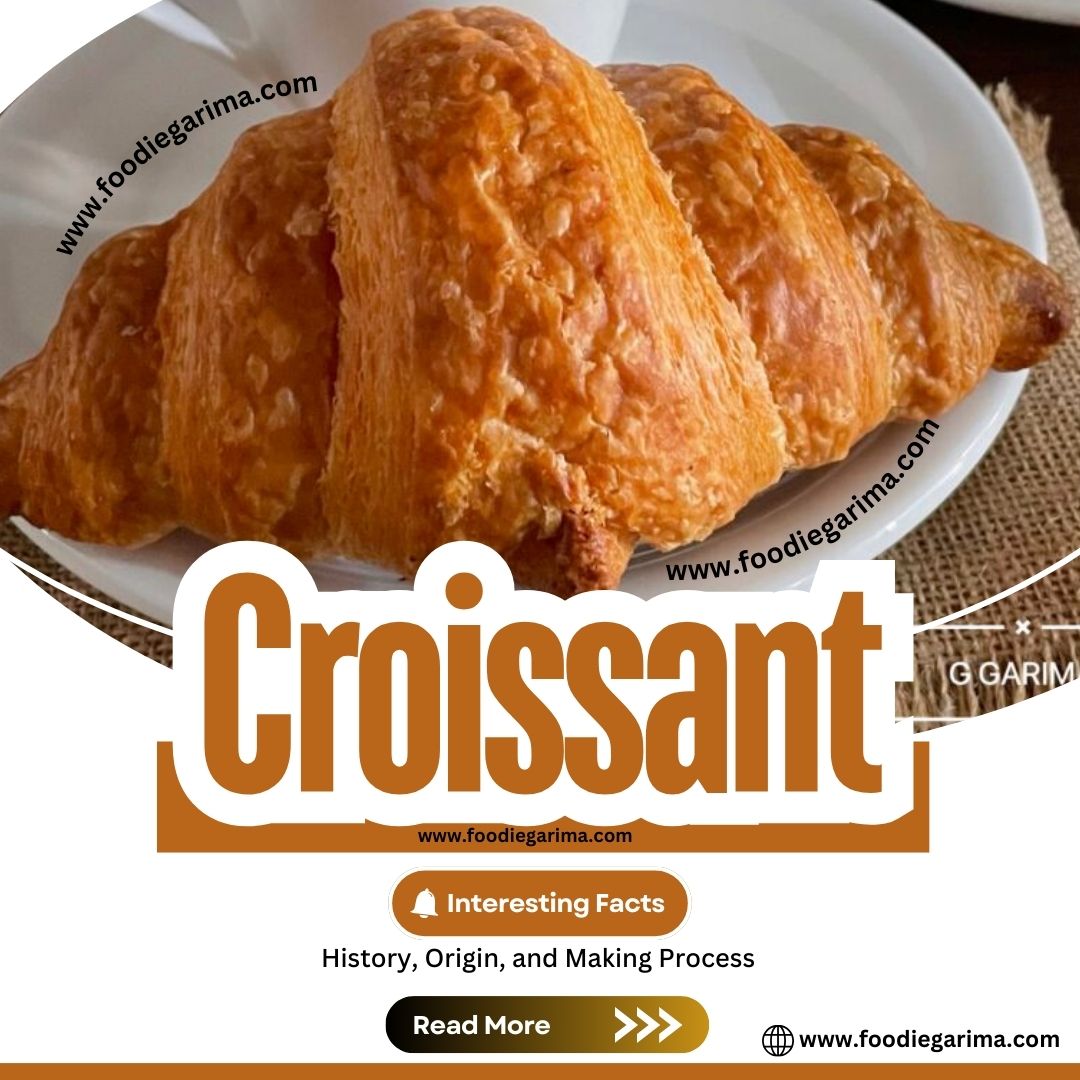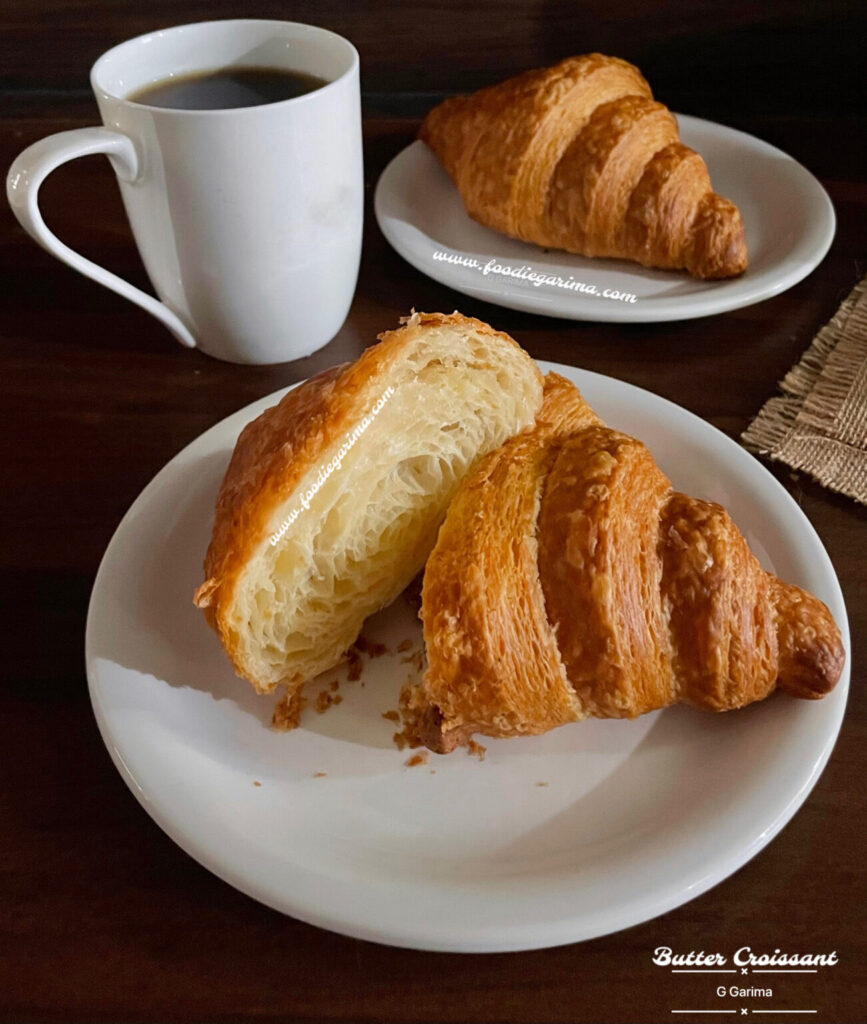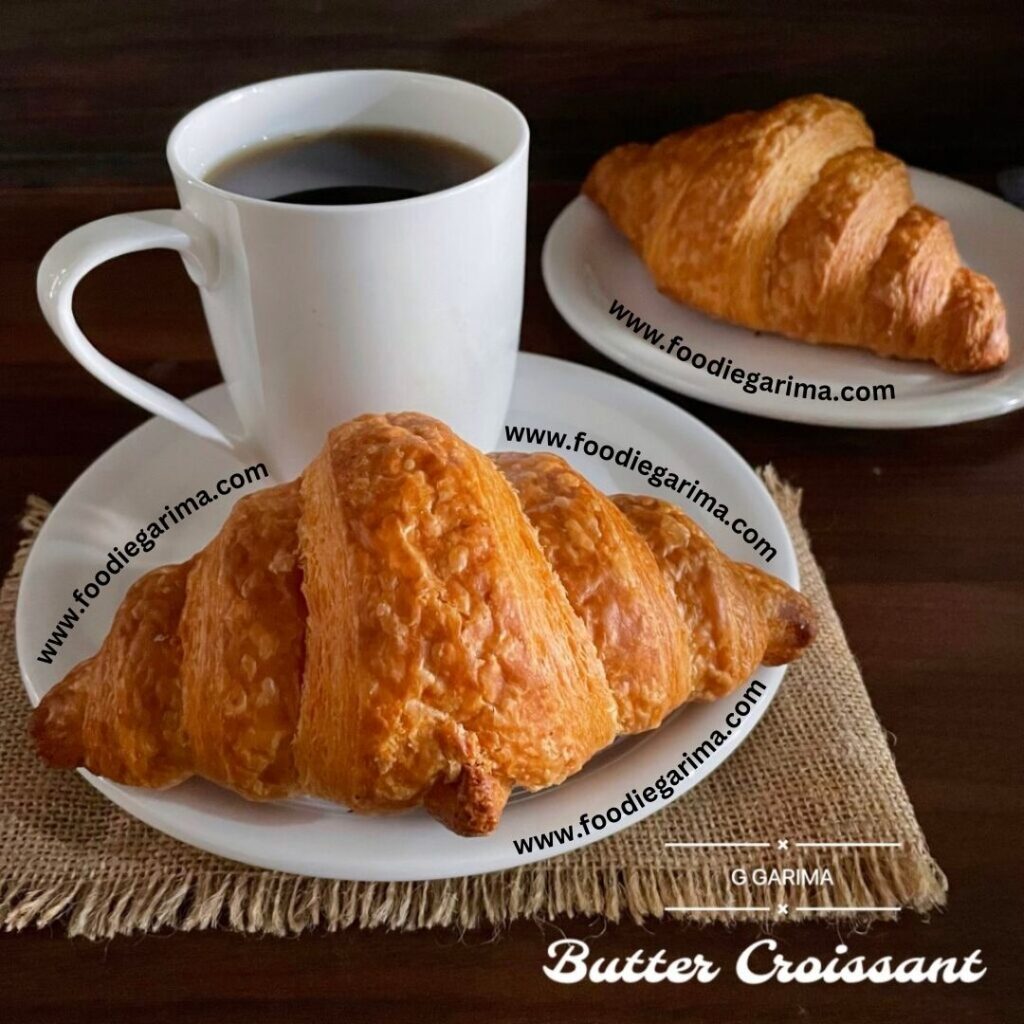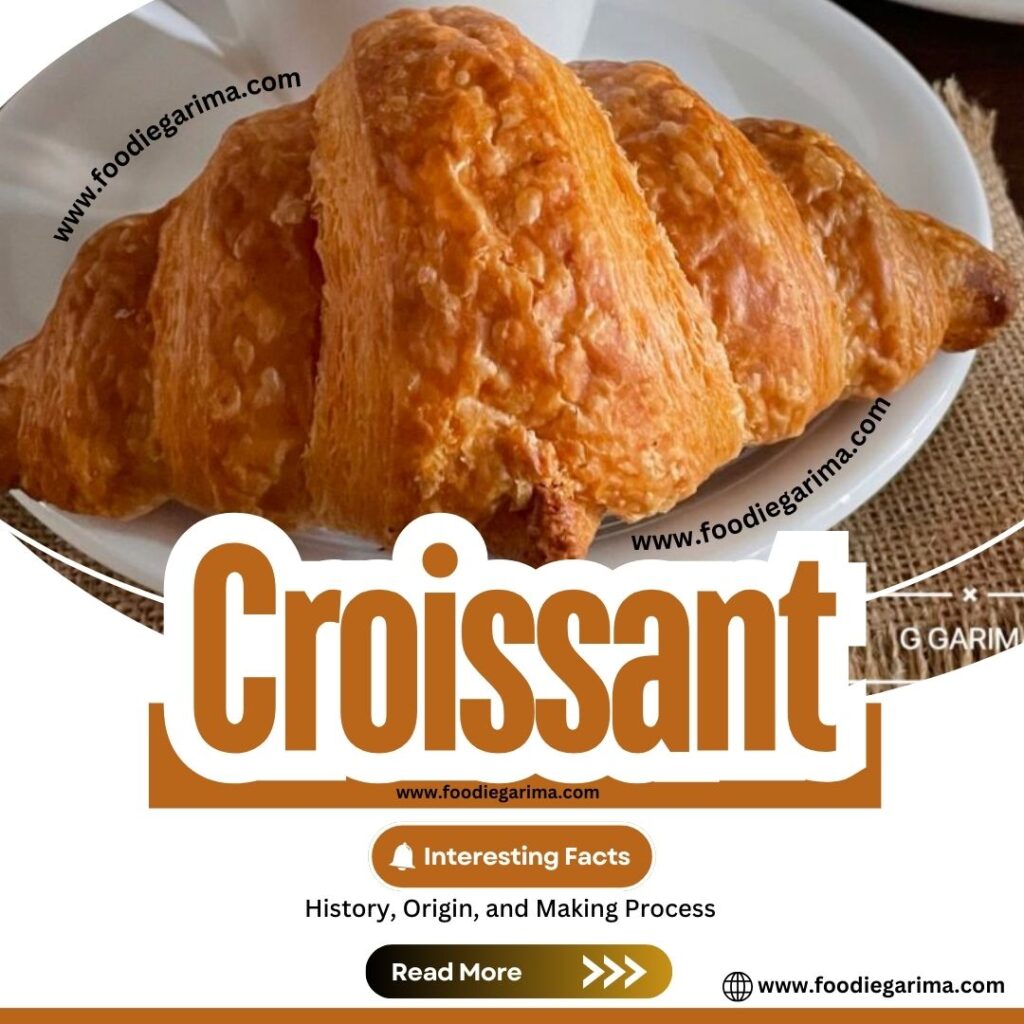9 January, 2025
The Croissant: History, Origin, and Making Process

Croissant: History, Origin, and Making Process
Few baked goods evoke as much admiration as the Croissant. With its golden, flaky layers and buttery aroma, the Croissant is an iconic symbol of French culinary art. While it’s often associated with France, its origins are rooted in Austrian tradition. Let’s explore the fascinating history of the Croissant and the meticulous process of making this beloved pastry.
The Origin of the Croissant
The Croissant’s journey began not in France but in Austria. Its ancestor, the kipferl, was a crescent-shaped bread popular in Austria during the 13th century. The story goes that the kipferl inspired the creation of the Croissant when Vienna defeated the Ottoman Empire in 1683. Bakers celebrated the victory by shaping bread to mimic the crescent moon on the Ottoman flag.
The Croissant arrived in France in the 17th century, brought by Austrian baker August Zang, who opened a Viennese bakery in Paris. The French adopted and refined the recipe, transforming it from a simple bread to the laminated, buttery pastry using a buttery “Laminated Dough.” Thus the Croissant became a staple of French cuisine.


What Makes a Croissant Special?
A Croissant’s unique charm lies in its combination of textures and flavors:
- Texture: Crisp and flaky on the outside, soft and tender on the inside.
- Flavor: A rich, buttery taste that pairs beautifully with sweet or savory accompaniments.
Making Croissants: The Art of Lamination
The Croissant-making process requires precision, patience, and skill. The process involves several stages, each crucial to achieving the signature layered structure. Its hallmark flaky texture comes from a technique called Lamination, which involves layering Dough with Butter. Here’s an overview of the process:
1. Ingredients
The Croissant’s simplicity belies its complexity. The key ingredients include:
- Flour: High-gluten flour for elasticity.
- Butter: High-quality butter is essential for flavor and layering.
- Yeast: Provides leavening and a light texture.
- Milk: Adds richness to the dough.
- Sugar and Salt: Enhance the flavor balance.
2. Preparing the Dough
- The Dough is made by combining Flour, Sugar, Salt, Yeast, Milk, and a small amount of Butter.
- It is kneaded until smooth and elastic, then chilled to rest.
3. Laminating the Dough
Lamination is the hallmark of Croissant-making. The process involves folding layers of butter into the dough:
- A block of Butter is rolled flat and placed inside the Dough.
- The Dough is folded and rolled out multiple times, creating multiple layers of Butter and Dough.
- The Dough is chilled to maintain the Butter’s firmness.
4. Shaping the Croissants
- The Laminated Dough is rolled out and cut into triangles.
- Each triangle is rolled tightly from the base to the tip, forming the iconic Crescent shape.
5. Proofing
The shaped Croissants are left to rise (proof), in a warm, humid environment until they double in size, ensuring a light, airy texture.
6. Baking
Croissants are brushed with an egg wash for a glossy finish and baked in a hot oven. The heat causes the butter to melt, creating steam that separates the layers, resulting in the signature flakiness.

Croissant Variations
While the classic croissant is a masterpiece on its own, it also serves as a base for various delicious adaptations:
- Pain au Chocolat: Rectangular pastry filled with chocolate.
- Almond Croissants: Filled with almond cream and topped with sliced almonds.
- Savory Croissants: Stuffed with ham, cheese, or vegetables.
- Croissant Sandwiches: Popular for breakfast or lunch, filled with eggs, meats, or spreads.
The Croissant is more than just a Pastry; it’s a testament to the art of baking and culinary heritage. From its Austrian beginnings to its French refinement, the Croissant represents craftsmanship, precision, and indulgence. Whether enjoyed plain with a cup of coffee or filled with sweet or savory ingredients, the croissant continues to delight palates worldwide.
FAQs
1. Where did the Croissant originate?
The Croissant originated from Austria, evolving from the kipferl, and was later refined in France.
2. What is Lamination in baking?
Lamination is the process of layering butter and dough to create the flaky texture characteristic of pastries like Croissants.
3. Can Croissants be made without butter?
While butter is essential for traditional Croissants, vegan versions use plant-based alternatives.
4. How many layers are in a Croissant?
A typical Croissant has 27 to 81 layers, achieved through multiple folds during lamination.
5. What’s the difference between Croissants and Puff pastry?
Croissants contain yeast and sugar, making them slightly chewy and sweet, while Puff Pastry relies solely on steam for leavening and has a neutral flavor.
